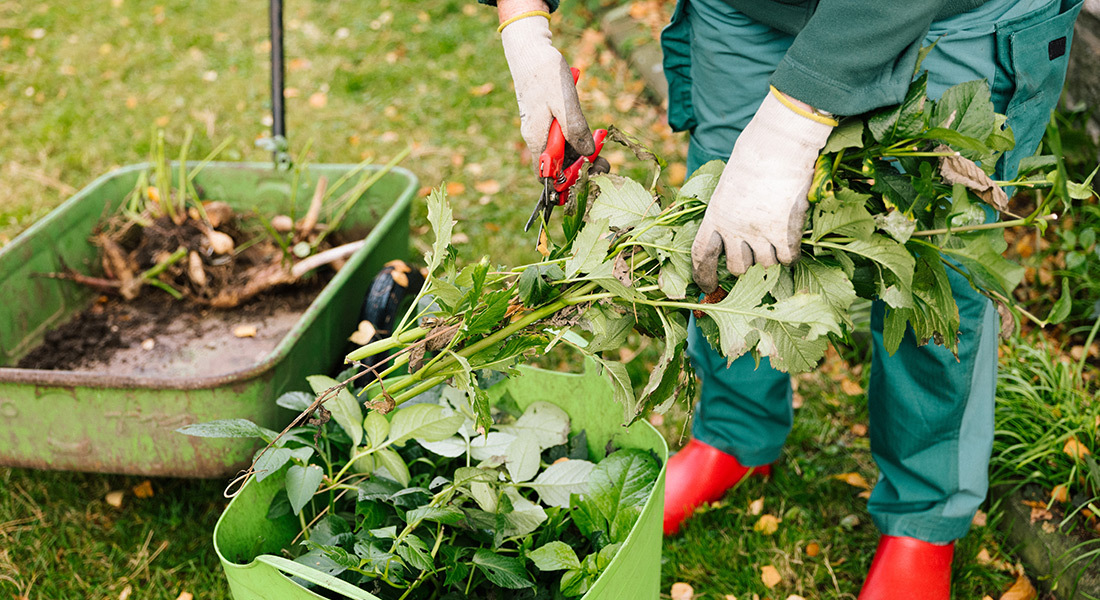What do the September garden chores look like?

September is a bit of a transition month, mixing summer heat by day with a cooling down and definite shift in the air by night. Fall officially begins in the middle of the month, so that means cleaning up after the summer crops and blooms and prepping for the season ahead. Here’s this month’s list:
- Get your garden soil ready for winter — Once you clean out whatever’s left in your vegetable garden, plant a winter cover crop of annual rye or winter peas. These crops help prepare the soil for spring and keep the pests away.
- Planning a new lawn? Now’s the time — The best time for planting and establishing a new lawn is August through mid-September. So if greener grass is on your list, the time to push go is now. For established lawns, September is a great time to aerate. And if you’re using nitrogen to fertilize your lawn, apply a mixture of 1 pound nitrogen per 1,000 square feet of lawns. Don’t over water and avoid fertilizing just prior to rain to help prevent run-off into streets and local waterways.
- Stake tall flowers — Fall can be a bountiful time for flowers like dahlias, allium and foxtail lilies. Before the winds of autumn show up in force, stake your taller flowers to keep them from blowing over.
- Harvest your fall crops — September can yield a bumper crop of fall vegetables, including winter squash, parsnips, beets, potatoes and tomatoes. Once the tops die down on your potatoes, dig them up and store them in a dark location.
- Winterize your trees and shrubs — Reduce watering on the trees, shrubs and vines in your yard to harden them for winter. If you’re thinking about planting woody ornamentals or trees, September and October are the ideal months. Conditions are right and getting them in the ground now can encourage healthy root growth over the winter — and send them into the coming spring and summer in great shape.
- Divide your existing bulbs — Below the surface, iris and peony bulbs grow in clumps. After three to five years, flower production begins to wane unless you divide the bulbs. Doing so now — then replanting them — gives the roots ample time to grow before winter.
- Plant new bulbs — The bulbs that flower in the spring — daffodils, tulips and crocus, for example — should be planted in September. Here’s a fun fact: When purchasing bulbs, the size of the bulb is directly correlated to the size of the flower that will bloom in spring. The bigger the bulb, the bigger the flower.
- Control slugs — You know who else loves fall gardening? Slugs. To control them, the least toxic solutions include barriers and traps. Baits are an option too, but use caution around pets.
- Check rhodies and azaleas for root weevil damage — Give your rhododendrons and azaleas a good going-over. If you see notched leaves, you could have root weevils. Apply parasitic nematodes to the moist soil beneath the plants to take care of the problem.
- Don’t forget your indoor plants — The change of the seasons to fall is a great time to clean your houseplants and check for insects. If they’re becoming root-bound, transplant them to a larger pot. Fertilize as needed and you’re good to go. Bringing the beauty of plants indoors can be a wonderful way to brighten things up during the coming winter months.
Share This
